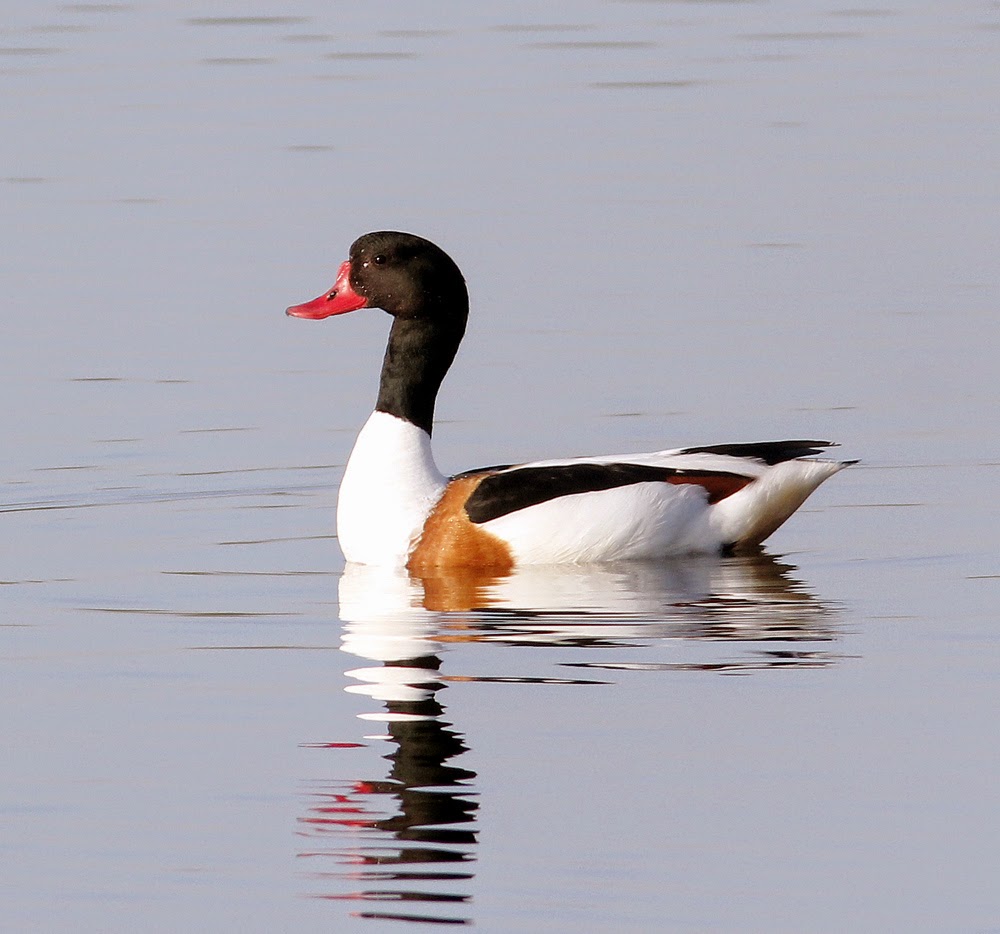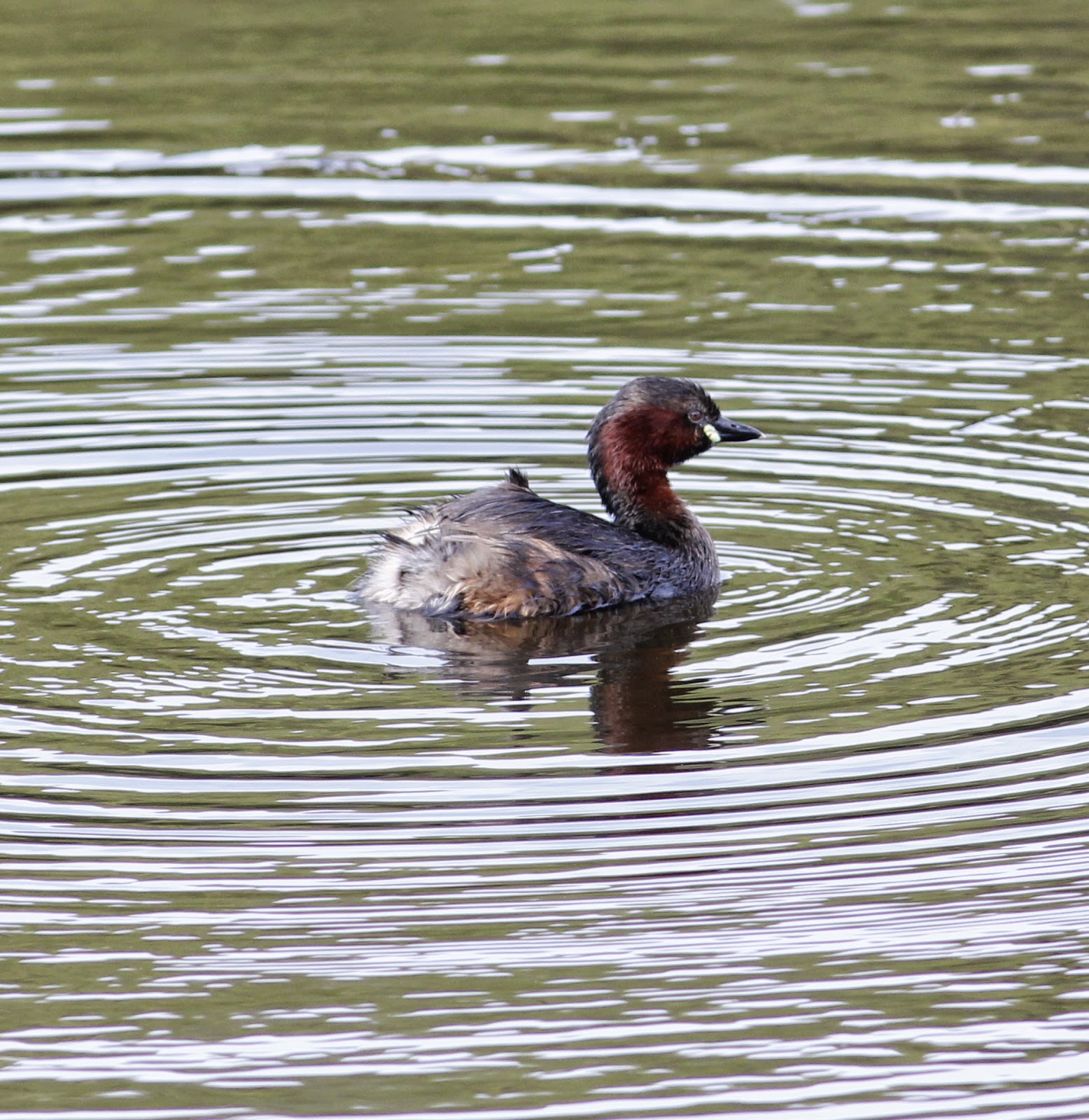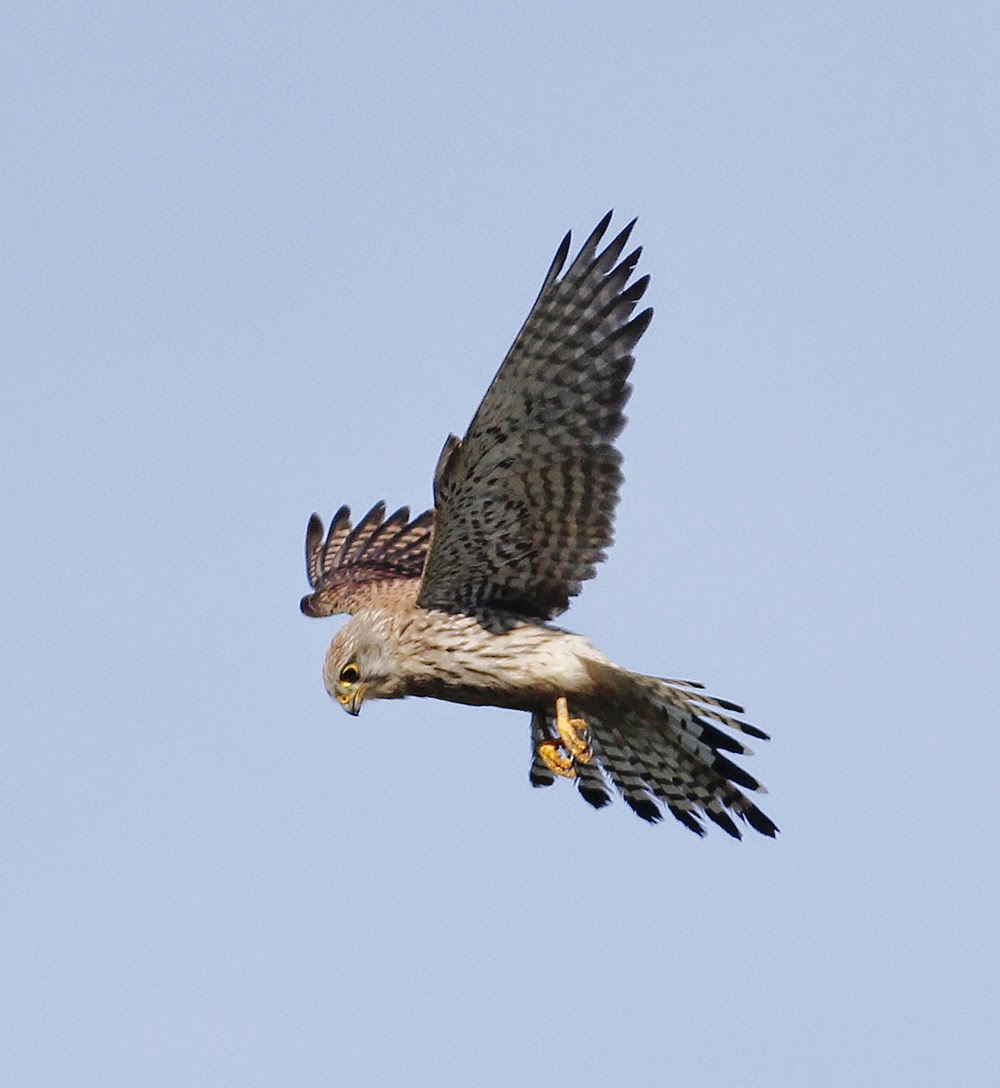Sport is great, especially on TV, and at the moment there’s lots of it. I’m really looking forward to The World Cup, Wimbledon Tennis, The Commonwealth Games, The Open Golf, Royal Ascot, Test Match Cricket and the myriad sports events which fill the TV schedules.
You guessed my reason for loving sport. All this essential viewing means that more people are about to spend extra time glued to a TV rather than relish the great outdoors where their trivial pursuits always interfere with my birding. Yes, birding is a very selfish pastime best enjoyed when Joe Public is elsewhere, preferably indoors staring at a TV screen, so I intend to enjoy this summer’s Festival of Sport and do birding and blogging as much as possible.
Meanwhile I hope that the present all-pervading discussion and media coverage of sport does not infect me or Another Bird Blog, so if at any time I inadvertently lapse into sporting jargon please forgive me.
So forget sport for now, here’s a blow-by-blow account of Saturday’s birding.
There was no game plan but I was quick out of the gate, kicking off with a straight drive along the A585 to Conder Green. I took a few seconds out at Pilling, getting the ball rolling with a knockout Barn Owl, a pretty safe bet along here at 5am. I was off to a flying start!
Barn Owl
At Conder Green the ducking and diving wildfowl totalled 1 Little Grebe, 3 Teal, 2 Wigeon, 10 Tufted Duck, 12 Shelduck, all par for the course in June, plus 17 Canada Goose. At the shallow end wading birds obliged with 55 Redshank, 5 Black-tailed Godwit, 15 Oystercatcher, 1 Curlew and 1 Common Sandpiper.
Shelduck
At this stage of the game many Redshanks are on the return leg as are Common Sandpipers. A number of the 55 Redshanks are clearly juveniles from elsewhere, the breeding pair here with still unfledged young. The Oystercatcher count includes 5 juveniles of two broods, the largest brood a stunning hat-trick, all there off and running at a fair old pace and sure to go the full distance to adulthood.
Oystercatcher
Oystercatcher
Oystercatcher chicks
Oystercatcher chick
Oystercatcher
It’s a hard call. Do Grey Herons and Little Egrets fit into the category of “wader” or “wildfowl”? Maybe the 3 Grey Heron and single Little Egret should be classed as “also ran”? If so, I clocked 10 more herons at Cockersands later, together with 44 Eider, a healthy tally which included 12 youngsters which knew the score by sticking close to mom.
Little Egret
Meanwhile, and back to the second half at Conder Green. Suddenly there were lots of Starlings, a flock of 200+ containing many youngsters jockeying for position on the farm buildings and fences opposite the marsh. The juvenile Starlings shouted the odds, some begging for food from parents nearby as in the car I played a blinder with the camera. A Woodpigeon decided to play the game too and sat posing for a portrait.
Starling
Woodpigeon
I’m on the final lap now, just the little brown jobs to tally and then I can throw in the towel - 2 Reed Warbler, 2 Sedge Warbler, 5 Whitethroat, 4 Reed Bunting, 4 Linnet, 1 Long-tailed Tit, 1 Pied Wagtail, 1 Great-spotted Woodpecker, and then a single Tree Sparrow on the rails.
Tree Sparrow
Yet again a good number of 30+ Swift hawked insects at early doors with only a handful of Swallows doing the same; probably because many females are still confined to nests and I've yet to see many juveniles. And in any contest for a beautiful bird an adult Swallow would surely be first past the post?
Barn Swallow
It’s into the home straight now and the A588 again where a roadside Kestrel played ball, but soon it was the chequered flag of home where I was hot favourite for a few chores.
But no worries, in a contest between watching sport or watching birds, birding wins hands down.
Please join Another Bird Blog’s team again soon. You might be onto a winner.
Linking today to
Anni's Birding Blog.




























































.jpg)












